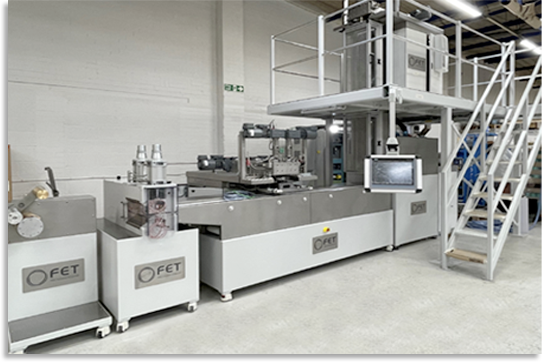As described in the Spunbond Nonwoven page, meltblown and spunbond have different diameter filaments and other property variations. When the two processes are combined, this allows a multitude of technical benefits to be achieved.
Meltblown / Spunbond multilayer fabrics include SM (spunbond-meltblown) and SMS (spunbond-meltblown-spunbond), which are frequently used in filtration applications.
SMS is a tri-laminate nonwoven fabric. It is made up of a top layer of spunbond polypropylene, a middle layer of meltblown polypropylene and a bottom layer of spunbond polypropylene. Multi-denier spinning allows for the combination of these spunbond and melt blown materials into a single nonwoven web. This web is then pre-bonded and passed through calendar rollers for thermal bonding.
There is even further potential for multiple combinations of meltspun and spunbond materials, such as SMMS, SSMMS and SMMMS.



